The Turtle nesting on Goa beaches has been part of its environment ecosystem before 1991. But due to the surge in Tourism, witnessed in the last ten years (specifically in the last five years where the jump is massive), has negatively impacted these Eco-sensitive zones. Since then, the forest department along with support from the government, and the locals have made numerous efforts for its conservation.
Data reveals, that Goa’s economic growth has been steadfast with the State’s GDP seeing a growth rate of 8.78% from 2011-12 to 2016-17, and Tourism and Mining sector topping the charts. With the increase in social, physical and industrial infrastructure and virtual connectivity, Goa is slowly becoming the most sorted destination for many new industry setups, as well as Startups. It is also gradually emerging as the destination for knowledge-based industries such as biotechnology and IT. But full-scale development will only happen in time.
Meanwhile few economic challenges have set forth that is pulling the entire state backwards. With the closure of all mining activities in March 2018 with orders from the Supreme Court, the entire pressure for states revenue has come on to the Tourism sector. Today, Tourism has become the bread-and-butter for the state’s revenue generation. Secondly, lack of governance and proper functioning of the state government due to the absence of the state CM Mr. Manohar Parrikar, the entire political, economic and social ecosystem has gone into chaos.
All this has created havoc amongst the Environmentalist and Conservationists who have been sweating-out to create an eco-friendly environment through various projects. One of the significant projects being – the Turtle Conservation Programme.
This article throws light upon the Turtle Nesting zones in the beaches of Goa and various factors affecting it in a negative way. With support and reference report by Sarita Fernandes (from her Masters Dissertation Report), we are making an effort to enlighten our readers about the factors impacting the conservation and protection of these nests in Goa.
The arrival of the Olive Ridley Turtles on Goa Beaches
The Olive Ridley Turtles have been recognized as an endangered species of turtles in the world. Various efforts are being made to protect and revive these species around the world. In India, two destinations have the highest number of Olive Ridley’s nests – Goa and Odisha – apart from other western coastal states. The turtles have been arriving at the four beaches of Goa – Morjim, Galgibag Agonda, and Ashvem– before the 1990s.
 A 100-pound Olive Ridley turtle sporadically nests between 50-100 eggs, in one nesting season, between October and March. The hatchlings emerge from April to early June. Last year from January to February 2017, a total of 6 Olive Ridleys arrived on the Morjim, Galgibag, and Ashvem and Agonda beaches. The officials found a total of 6 nests comprising of a total 540 eggs. The 6 nests include two each at Agonda and Galgibaga and one each at Morjim and Ashvem. Forest officials and local residents are slowly getting used to the delayed arrival of turtles for nesting. In the past, the season would start any time after September and end by March-April. Ashvem during the last 2015-16 season did not report of any turtle nesting.
A 100-pound Olive Ridley turtle sporadically nests between 50-100 eggs, in one nesting season, between October and March. The hatchlings emerge from April to early June. Last year from January to February 2017, a total of 6 Olive Ridleys arrived on the Morjim, Galgibag, and Ashvem and Agonda beaches. The officials found a total of 6 nests comprising of a total 540 eggs. The 6 nests include two each at Agonda and Galgibaga and one each at Morjim and Ashvem. Forest officials and local residents are slowly getting used to the delayed arrival of turtles for nesting. In the past, the season would start any time after September and end by March-April. Ashvem during the last 2015-16 season did not report of any turtle nesting.
With such frequency and density of turtle nesting on the Goa beaches, it is a necessity that the demarcated eco-sensitive zone is monitored and strictly adhered with the protection guidelines by the locals as well as the tourists. Hence, awareness of such crucial information needs to be updated by the forest officials (supporting the TSLs) amongst the citizens for responsible tourism.
Demarcation of Turtle Nests as Eco Sensitive Zones (Coastal Regulation Zones – CRZs)
As per the official report, special statuses of CRZs were granted for turtle nesting sites across all coastal states in India in 2011. In Goa’s case, these special statuses had been given to the four beaches in 1991 to Morjim, Galgibag, Agonda, and Ashvem, with turtle nesting grounds. These beaches were demarcated as CRZ-I with no developments up to 500mts from the high tide line.
 These demarcated zones require a strict vigilance and 24-hour monitoring service. Hence, the forest department tied up with local volunteers and formed a group called as – The Temporary Service Labour (TSL). Locals who were activists and wanted to help in turtle and marine protection from the adverse effects of tourism voluntarily formed a coup. The Turtle Interpretation Centres are present on two main beaches of Morjim and Galgibag. It is a space where the TSL staff operates, monitors, and address uninformed tourists on their queries about the presence of turtles. The personnel under the TSL program of the Turtle Centre have voluntarily dedicated their time and most of their careers to protecting the nestling and hatchings of Olive Ridley sea turtles. This group of voluntary activists or conservationists were recognised and acknowledged by the forest department and MoEF.
These demarcated zones require a strict vigilance and 24-hour monitoring service. Hence, the forest department tied up with local volunteers and formed a group called as – The Temporary Service Labour (TSL). Locals who were activists and wanted to help in turtle and marine protection from the adverse effects of tourism voluntarily formed a coup. The Turtle Interpretation Centres are present on two main beaches of Morjim and Galgibag. It is a space where the TSL staff operates, monitors, and address uninformed tourists on their queries about the presence of turtles. The personnel under the TSL program of the Turtle Centre have voluntarily dedicated their time and most of their careers to protecting the nestling and hatchings of Olive Ridley sea turtles. This group of voluntary activists or conservationists were recognised and acknowledged by the forest department and MoEF.
These volunteers spend 7-8 months conducting constant on-ground physical surveillance at the demarcated CRZs and monitor the nestlings and hatchings, ensuring maximum protection from the beach shacks and tourists. The TSL with help from the forest department also undertakes translocation of eggs from unprotected areas to safe demarcated zones. Later, upon hatching the turtle hatchlings are released, under full protection, into the sea.
In the last six years, the forest department has released 2627 hatchlings from Agonda beach the highest recorded as compared to other two turtle nesting sites; 2439 were released from the Morjim beach turtle nesting site and 1958 hatchlings from Galgibag beach.
Olive Ridley sea turtles are an endangered species and require the highest degree of protection under the Schedule I of the Wildlife Protection Act, 1972. Considering this crucial Protection Act, an order was recently passed by the National Green Tribunal (NGT), directing all structures in the no-development zone area, within the area of 200m from high tide line (HTL) and 100m along the inter-tidal zone of water bodies or width of the creek at turtle nesting sites, to be removed.
Clash of Tourism Vs the Turtle Conservation
The increased human intervention, with high traffic of tourists, flow on Morjim, Agonda and Ashvem beaches, have affected the nesting activity of the Olive Ridleys over the years. While the nestlings of these endangered turtles have declined over the year, there are various factors, at play, affecting the conservation activities of these endangered marine lives, due to tourism interference.
Tourism is the bread and butter of the Goan state. Banning beach shacks will deny employment to hundreds of youths in these beaches that have been marked as Turtle Nest Conservation Zones. There is an angle to this story that holds importance. The closure of the mines in March this year with final orders from the Supreme Court, thousands of mine workers and their families have become unemployed almost overnight. Hence, there is this tremendous stress of survival and livelihood on the unemployed population. Now, in totality, the entire pressure for state’s revenue has come on to tourism, where once mining played an essential role in generating revenue for the state. Today, tourism is the only source of income generation for the people of Goa.
With tourism is on a real-time high, and almost running around the year, the beaches are the focal points of all tourist activities. Beach shacks, henceforth, are on the rise. These shacks owners belong to the villages surrounding these beaches. The conflict arises from the fact that the beach shack business proves as the only means of income and livelihood for these locals considering the proximity of the beaches from the main city. The logistical difficulties of the area and the daily flow of tourists proves quite stable for a business to run.
Shacks before 2016-19, were regulated by ‘annual shacks policies’ by the Department of Tourism. The beach shack policies were policies to control and regulate encroachments and accountability of shacks owners, to secure legality and clarity on beach shacks operation. The beach shack policy secures licenses to 90% of locals with experience in the industry, which gives a considerable boost to locals with employment opportunities. A 3-year license regime of the shack policy gives rise to stability, security and a sense of ownership to shack owners in an ecologically sensitive zone which won’t sustain any level of ecological disturbances. In this case, the beach shacks are occupying the sea turtles nesting grounds. The tourism department fixes the number of beds allowed outside each shack. Shacks owners with a 3-year tenure, do place as many as 100 beds (each shack) close to the shoreline during low tide, violating the space and capacity of the area & increasing the litter space index within the intertidal. Considering all the illegal actions and breach of the shack policy by shack owners, environmental concerns now threaten the future of these shacks, especially those on the turtle nesting sites.
The other factor playing an effect on the turtle nesting conservation is the infrastructural development to improve tourism. The commissioning of the Siolim Bridge across Chapora in 2003 saw a higher footfall in tourism. Morjim once used to be a quiet beach, 30 km north of Panaji, until the new bridge opened the tourism floodgates a decade ago. Now, it is a favoured beach haunt for foreign tourists and a buzzing nightlife. The increased footfall of people on the beach resulted in the decline of turtle’s nesting. The Chief Conservator of Forests, at that time, Dr. Pande, acquired 2 hectares of land on Morjim beach to protect and encourage mother turtles for nesting. He also allowed licenses to 5 temporary beach shacks in 2003 to keep the momentum. But with higher human intrusions, the number of shacks have now increased to 11 in total as of 2018. Currently, the Third Mandovi Bridge under construction is being built to improve connectivity and accommodate heavy traffic during the peak tourist season. This would be added to the high-volume of tourist flow towards the beaches. In the near future, once the Zuari bridge project gets a nod from the government, it will be the primary connection between North and South Goa. This will be another nightmare for the forest officials and conservationists to protect the eco-sensitive beaches.
A forest department report has found that shacks and huts on beaches have been hostile to turtle conservation at three identified sites along the state coastline. Keeping a tab on shack owners is the responsibility of the tourism department, which plays a vital role in conserving nesting of the endangered Olive Ridley turtles. The report has maintained that fishing activities do not come in the way of turtle conservation and have not caused any harm to turtles in any way. But the presence of shacks and huts on beaches have affected the preservation of these sites. The presence of bright lights and illumination on or adjacent to nesting on the beaches alter the behaviour of nesting Olive Ridley adult turtles. It often becomes fatal to emerging hatchlings as they are attracted to the light source which directs them away from the water. The TSLs have repeatedly approached shacks to prohibit the overuse of artificial lighting, illumination and music post-sunset, but were ignored.
A local NGO ‘Poinguinkarancho Ekvott’ had approached the green court after being aggrieved by NOC/permission/licences granted by various authorities for putting up shacks/huts/tents along the turtle nesting site on Galgibag beach. Following which the department of science, technology and environment, in consultation with the Goa State Biodiversity Board prepared a provisional management plan for conservation and protection of turtle nesting sites and was later received approval-in-principle from the GCZMA. Agonda in South Goa, which is also visited by the turtles regularly, has for some reason, not been included in the acquisition plan.
Jet skis and other water sports are prohibited as they could fatally injure the turtles. The conservationists also claim that the vibrations caused due to the jet skis could fatally disturb the incubation phase of the nesting eggs. They have repeatedly complained in the past month about the use of jet skis, specifically by shack owners. They have even approached the shack owner who refused to stop their water sports. The TSL claim that this is the first tourist season when such a violation has taken place and the tourism police being aware of these illegal activities, have made no account of it. Now the matter of concern is that such ignorance by authorities would encourage other shacks to bring in more skis next tourist season.
There has been a decline in the number of nests at all these three high-tourist places during 2003-04 compared to the previous year. The decrease in the number of nests could be attributed to the disturbances along the beaches and excessive tourist activities such as the setting up of shacks, bright lights along the beaches and loud music. In 2001, there were 33 turtle nesting sites at the Morjim beach, and only 11 were reported in 2011. The unfavourable weather, the direction and velocity of the wind and water currents are other factors for the declining trends of nesting.
Since Olive Ridley sea turtles are recognised as the endangered species, stealing the turtle’s eggs or disturbing the turtles or their habitat in any manner is considered a punishable offence (as per the Wildlife Protection Act 1986).
Awareness Programmes for Protection and Conservation
The Forest officials, along with the state government and conservationists are working towards a project, ‘Conservation and Management of Marine Turtles’, as part of the Integrated Coastal Zone Management Plan (ICZMP). The project, which focuses on biodiversity conservation and capacity building, is estimated at Rs 7.58 crore. The forest department will be the implementing agency for the project, which is being drafted by the National Centre for Sustainable Coastal Management (NCSCM).
Most of the tourists are unaware of the presence of Olive Ridley turtle’s nesting and hatchling on the beach. Activities to raise such awareness can be carried out with the help of the tourism department and TSLs to make tourists behave responsibly, and encourage them to report turtle nestlings when spotted. The objective of the project is to create a safe and enabling environment for turtles by affording protection against death/injuries besides putting in place a proper rescue and recovery mechanism thereby ensuring biodiversity conservation. A large number of turtles are currently reported either dead or injured at the Goa coast.
 The tourism department will undertake a campaign through village panchayats and schools to create awareness of the importance of turtles for the sustenance of the marine life. The project also aims to sensitise stakeholders like water sports and shack operators and tourists by strengthening interpretation and knowledge sharing besides high-value research.
The tourism department will undertake a campaign through village panchayats and schools to create awareness of the importance of turtles for the sustenance of the marine life. The project also aims to sensitise stakeholders like water sports and shack operators and tourists by strengthening interpretation and knowledge sharing besides high-value research.
Tourist awareness would reduce the music, artificial lighting and water sports violation on sensitive ecosystems like turtle nesting beaches. Awareness could also create a niche market for eco-tourism and lessen the dependability and pressure on shacks solely for revenue generation.
Conducting sustainability programmes with the local community through BMCs: BMCs are local bodies that are required to be constituted at a local level by the local panchayat bodies under the Biodiversity Act, 2002. These small local bodies through panchayats could help make these sensitive sites and Biodiversity Heritage Sites (BHCs). If the BMC works in coordination with forest department and conservationists, instead of politicising it, the protection awareness programme will strengthen. And, with BMC’s strong presence the shack owners will be sensitised to it, who otherwise together make it a political debacle.
Educating the local community about the importance of conservation efforts and the positive impacts that sustainable development could have on their community, could motivate more volunteers for the conservation and protection of Olive Ridleys during the breeding season. This programme could develop a lucrative eco-tourism market and generate employment opportunities for young local youth in the area.
Implementation of Protection Policies
Goa’s forest department has acquired about 16 hectares of land adjacent to two prominent turtle nesting beaches – Galgibag and Morjim – to provide safe nesting areas. The acquired land would be declared not as sanctuaries but as ‘Community Reserves’, where the local population will be educated and taken-in as volunteers to support in the conservation of these rare species. The forest department acquired about 2 hectares of land at Morjim, one of the vital nesting areas of the turtles. It requires stern vigilance to control illegal encroachment and activities. The areas will be strictly demarcated, and prohibiting all human/animal movement during the nesting season, from October to May. Animals require total privacy during reproduction, and turtles are no exception. The department has already set up a Turtle Interpretation Centre at both the beaches to monitor the turtles closely, and also to give detailed information about the lifecycle of the sea turtles. The turtle rescue and rehabilitation centres at Morjim and Agonda will focus on research on turtle mortalities offshore and poor hatchling and egg survival rate.
The TSL stands as an excellent example of a policy decision by the forest department to include the community in marine and wildlife conservation efforts. This policy inks closer to the requirements or preliminary objectives of sustainable development. Although the programme has run smoothly for the past 17 years, it has not adhered to update their employment services in recent times and is devoid of all cost-benefit analysis.
Recommendation: Safeguarding Provisions and Conservation activities
The fact of the matter is, tourism is the primary occupation and revenue generator for the state of Goa. Abolishing tourism enhancing or promotion activities cannot be the solution for the conservation programme. The government needs to find a middle path where the marine life and tourism co-exist and blooms equally.
Henceforth, as a recommendation, few policies can be put in place that would address the concerns, as specified by the TSLs:-
- Stringent demarcation of the area for the turtle nests and beach shacks with no invasion of either of spaces
- Strict guidelines for shacks operators concerning beach litter
- Awareness programmes for tourists, informing them about the existence of turtle nests and to take all precautions not to disturb them.
- Strict regulations for shacks on use of bright lights, music, and water sports post-sunset
- Updation of service benefits for conservationists/TSLs with experience
- Implementation of sustainability programmes with the local community through BMCs with immediate effect
- The conservationists require the constant support of the bureaucracy, the government to help them stand firm ground with employability and arsenal for its conservation efforts and help such local communities to further progress in sustainability, protection and conservation.
The State government and the forest department are the key stakeholders in planning and stringent implementation of the Marine Life Conservation campaigns and policies. All conservation activities and awareness programs should be conducted under strict vigilance by forest department officials and the conservationists. Without the support of each, the locals and the government, the entire campaign would fail, losing the battle on both sides. We as responsible citizens should encourage conservation of the endangered Olive Ridley turtles to run tourism activities responsibly. That is the only way to maintain a balance, where each life would coexist, peacefully.
Source:
- Informal interview and meeting with the TSL volunteers of Turtle Interpretation centre, Morjim (Goa) – Policy and Environment Report by Sarita Fernandes
- News articles:
- The Hindu – Goa’s turtles versus tourism: Both losing out?
- theculturetrip.com – Here’s how Goa is trying to conserve its turtle nesting beach


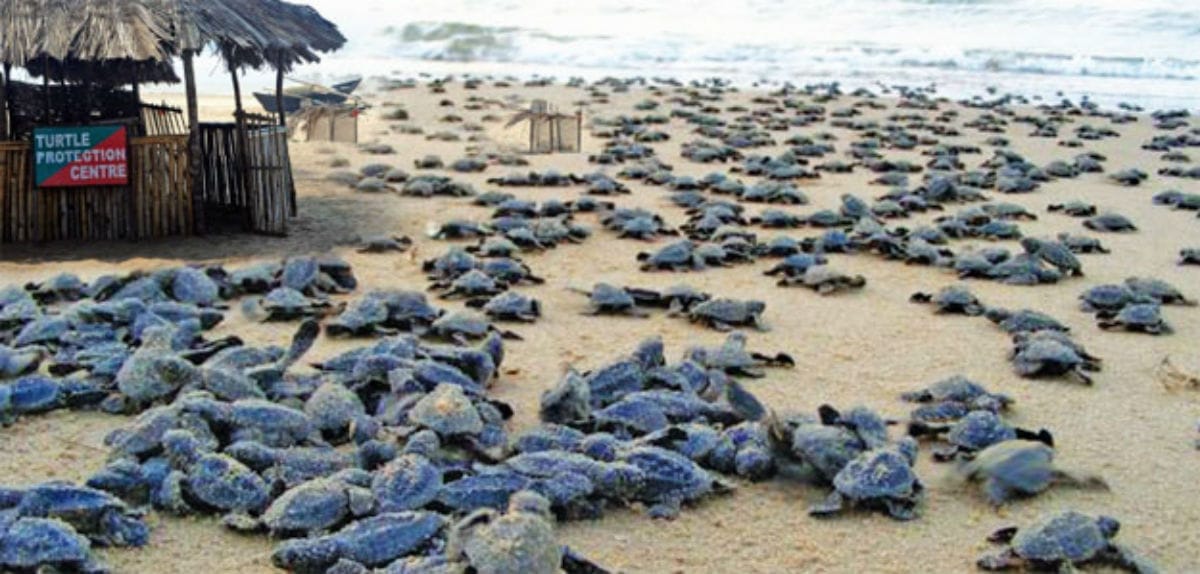
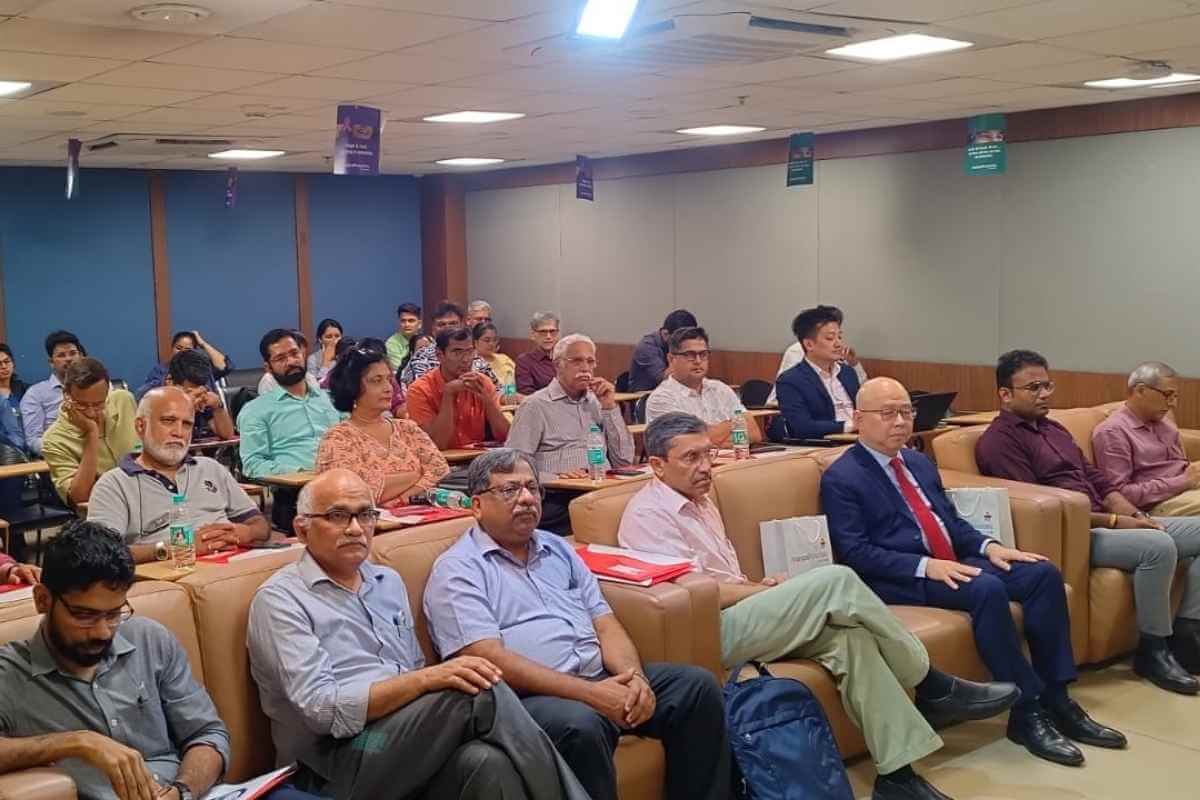
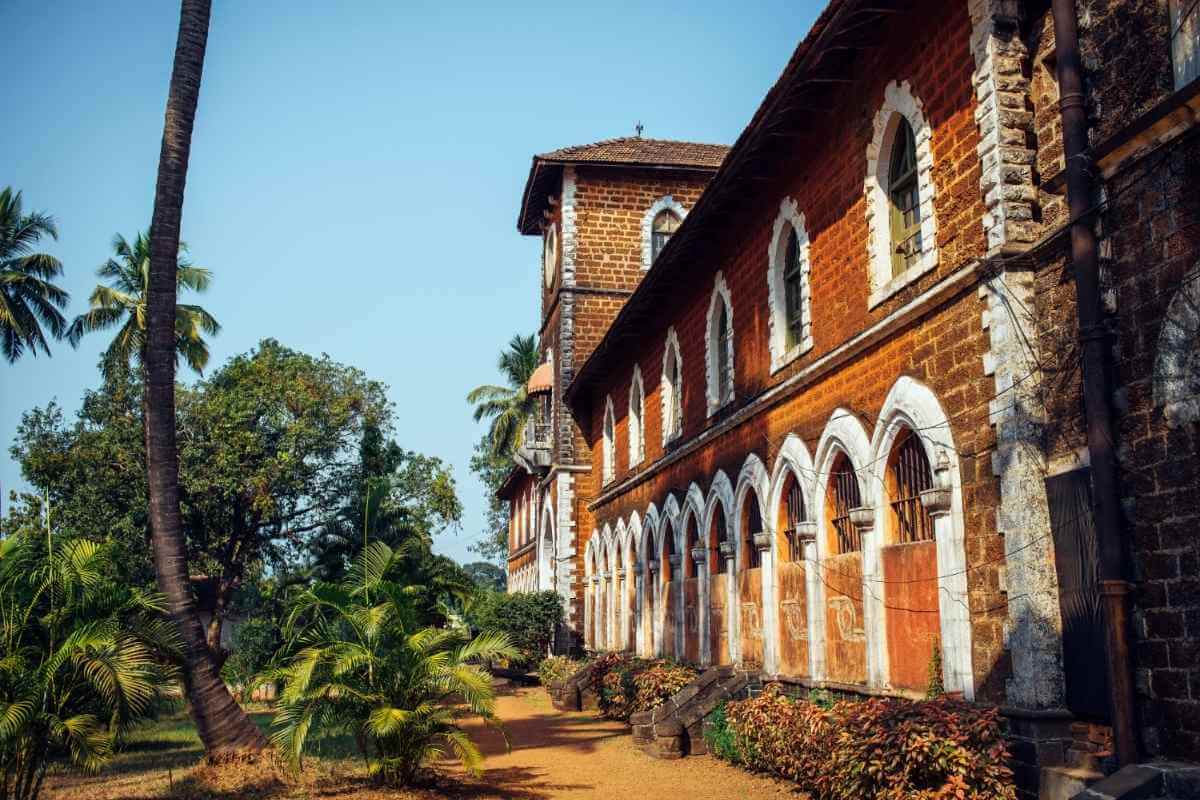











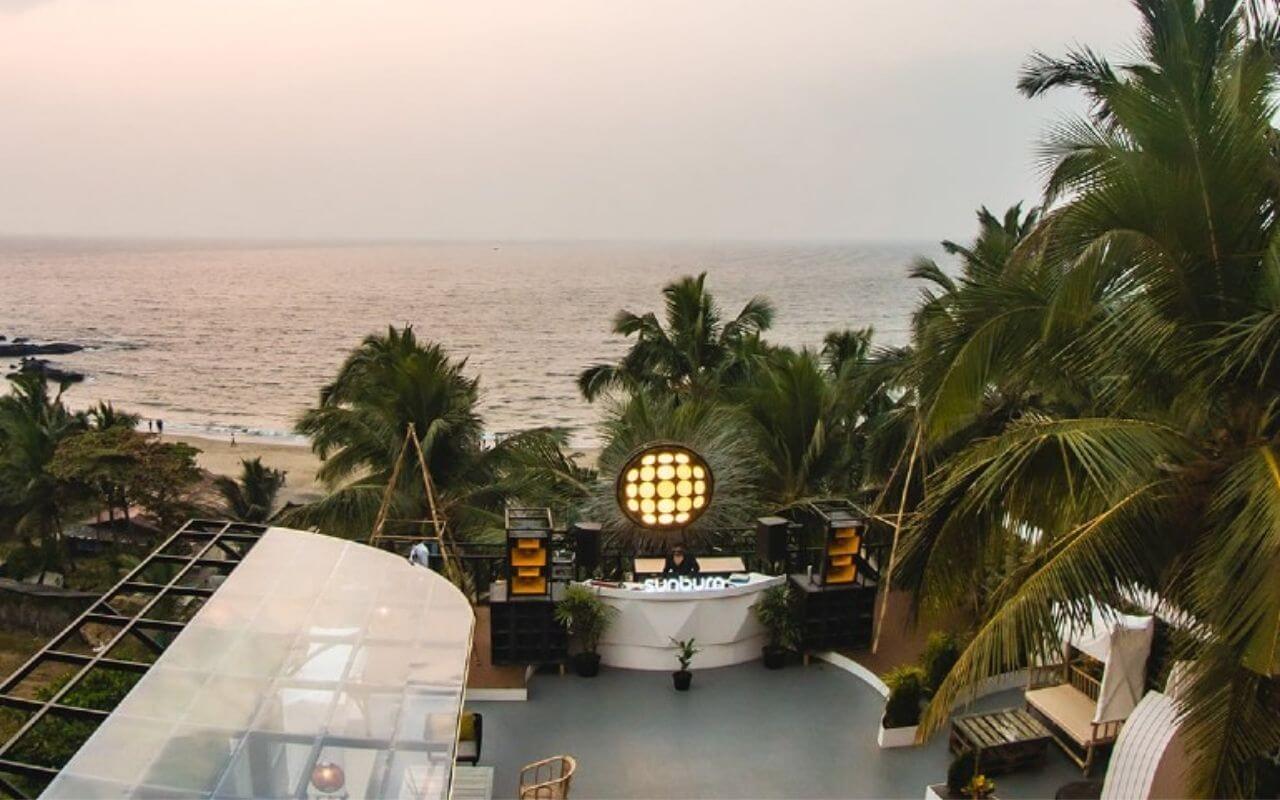

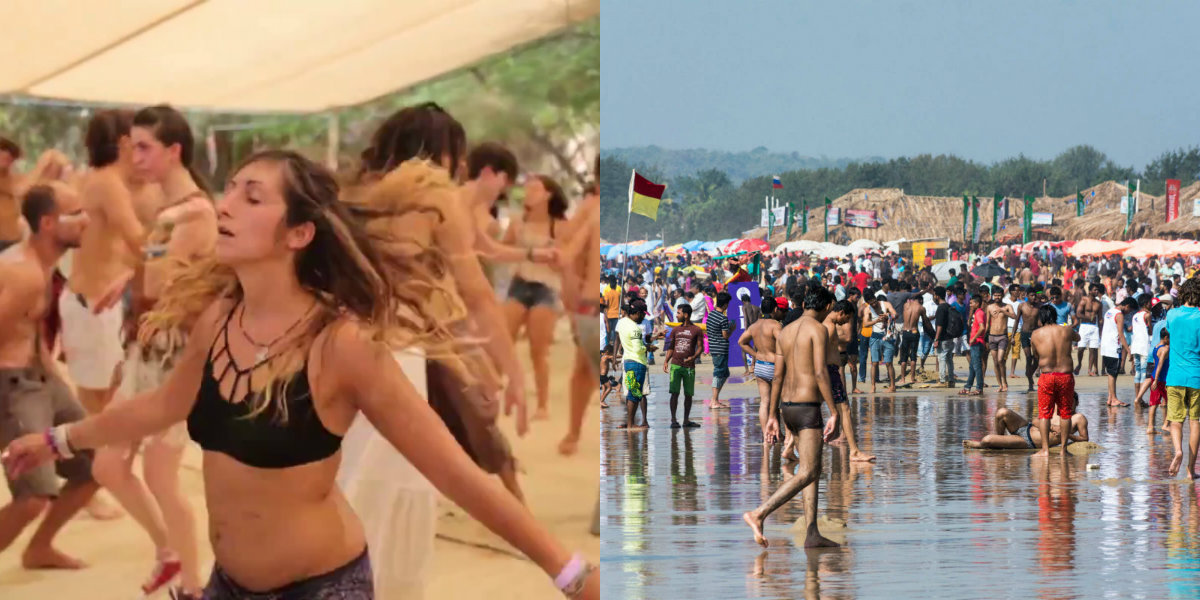



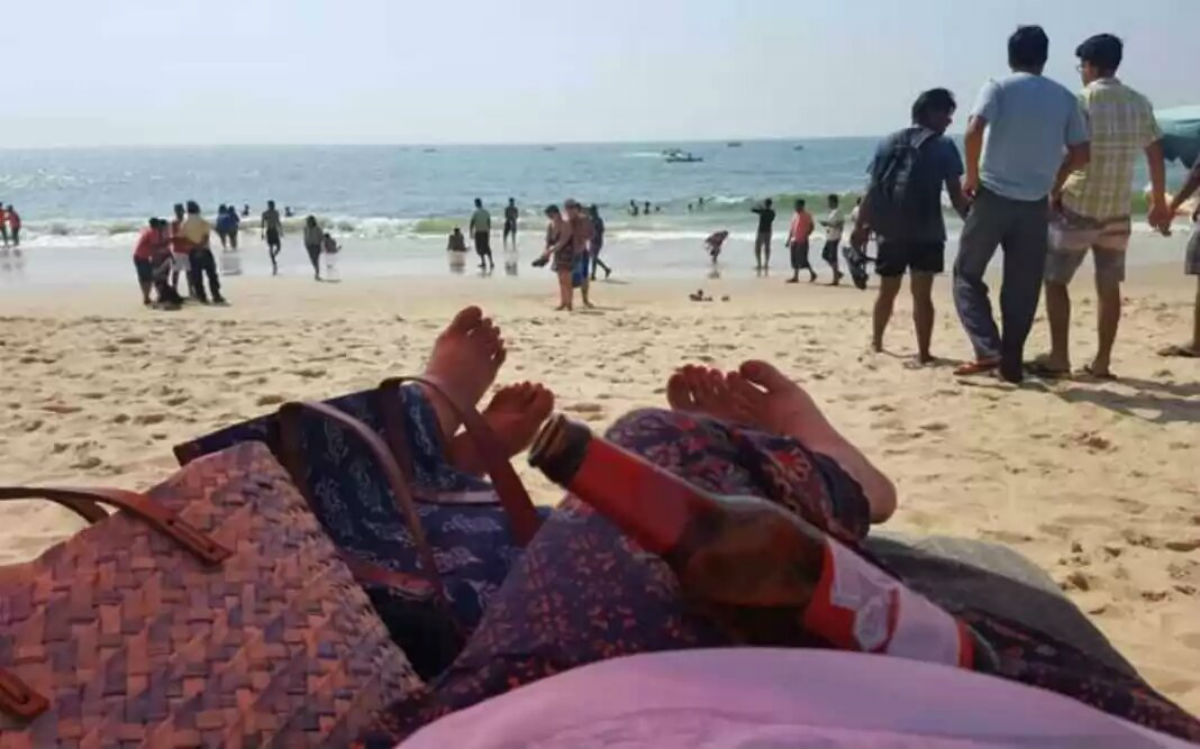




1 thought on “Conservation of Turtle Nests at The Goan Beaches; Awareness and Protection”
Pingback: Here is Everything you need to know about the Turtle Nesting in Goa